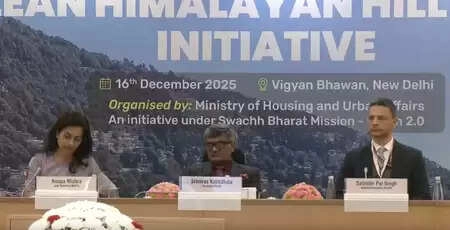The economic landscape can be profoundly influenced by tariffs, and the recent decision by the Trump administration to impose 50% tariffs on certain imports has raised concerns about its potential impact on India’s growth trajectory. However, a closer examination reveals that these tariffs may not be as detrimental to India’s economy as initially perceived. According to a report from S&P Global Ratings, several factors mitigate the potential negative effects of such tariffs on India’s economic performance.
Firstly, India has been focusing on strengthening its manufacturing sector through initiatives like “Make in India,” which aims to boost domestic production and reduce reliance on imports. This strategic shift is expected to enhance India’s resilience against external shocks, such as tariff hikes. With a growing emphasis on self-sufficiency, Indian industries may find opportunities to fill the gaps left by reduced imports from the United States. As a result, the tariffs could inadvertently encourage domestic production and innovation, fostering long-term growth.
Furthermore, S&P highlights that India’s diverse trade partnerships can cushion the economic blow from U.S. tariffs. The country has been actively expanding its trade relationships with other nations, including members of the European Union, ASEAN, and African nations. This diversification not only opens up new markets for Indian goods but also reduces dependency on a single trading partner. In the face of U.S. tariffs, India can pivot towards these alternative markets, potentially offsetting losses from reduced exports to America.
In addition, the Indian economy is characterized by its large domestic market, which can absorb fluctuations in international trade. With a population exceeding 1.4 billion, India has a vast consumer base that can drive demand for locally manufactured goods. This internal demand may help to stabilize the economy, even in the face of increased tariffs on exports. Therefore, while the immediate impact of 50% tariffs could pose challenges, the underlying strength and adaptability of the Indian economy may ultimately mitigate these effects.
In summary, while the imposition of high tariffs by the Trump administration raises legitimate concerns for India’s economic outlook, the country’s proactive strategies in manufacturing, diversified trade relationships, and robust domestic market position can serve as buffers against such external pressures. As highlighted by S&P Global Ratings, these factors suggest that India’s growth may remain resilient, allowing it to navigate the complexities of global trade dynamics effectively.




